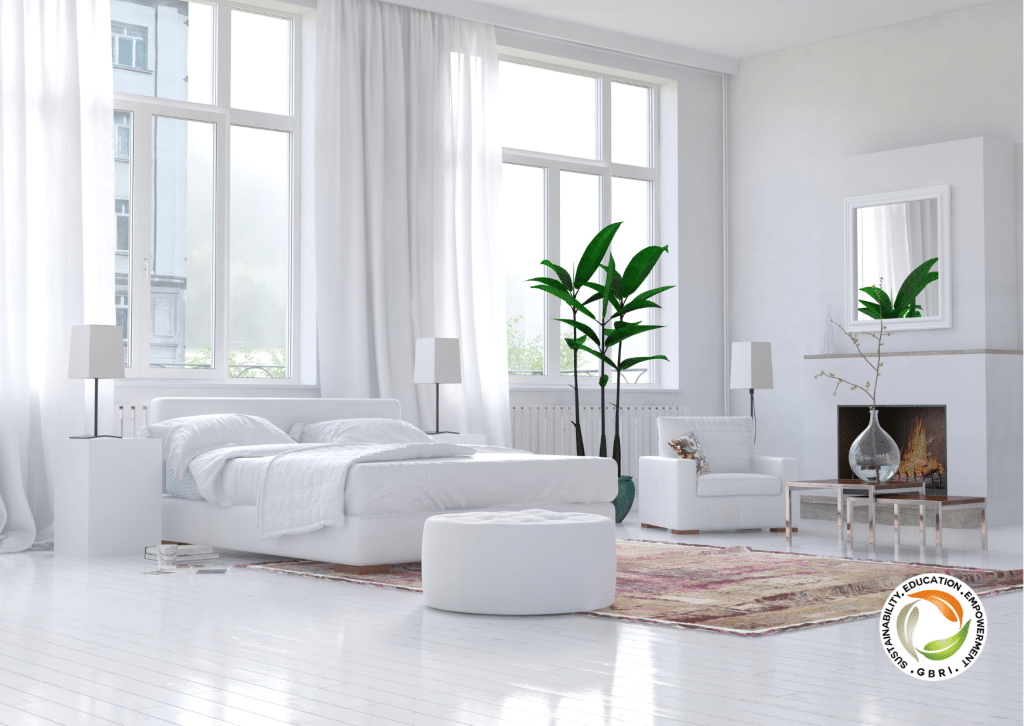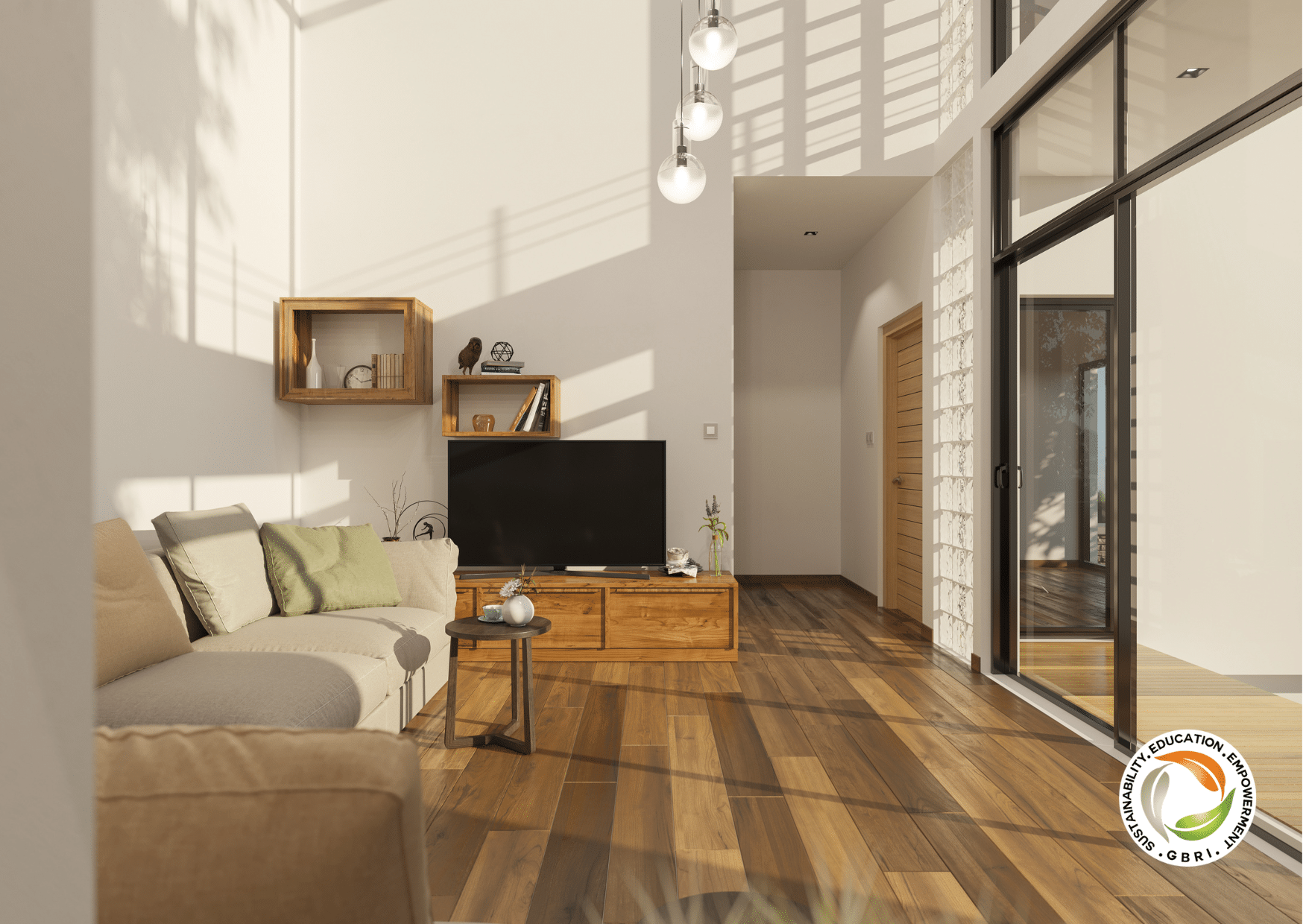Explore the intersection of daylighting and green building rating systems in Module 2 of our daylighting series. Discover how daylighting is integrated into LEED and WELL, uncovering the requirements, credits, and documentation criteria. Gain insights into the impact of daylighting on the visual environment and its alignment with the principles of sustainable design.
Module 2 of our comprehensive daylighting series, titled “Daylighting in Green Building Rating Systems: A Focus on LEED and WELL,” delves into the crucial relationship between daylighting and green building rating systems. Building upon the fundamental concepts explored in Module 1, this module delves into the specific requirements outlined in LEED v4 and the WELL rating systems, highlighting the credits related to daylighting and providing a detailed understanding of their intent, requirements, and documentation criteria.
Gain insights into the impact of daylighting on the visual environment, including visual comfort, occupant satisfaction, and productivity. Explore how daylighting aligns with the principles of green buildings, promoting energy efficiency, sustainability, and human-centric design.
This module also provides an overview of various green building rating systems, including LEED, BREEAM, WELL Building Standard, Living Building Challenge (LBC), and Green Globes, giving you a comprehensive understanding of the landscape of sustainable building certifications.
To further reinforce the application of daylighting principles, Module 2 concludes with a real-life green building case study certified under the LEED and WELL building standards. Learn from successful implementations and gain valuable insights into how daylighting strategies can be effectively integrated into sustainable building design.
This module is part of GBRI’s comprehensive “Daylighting Series” titled “Daylighting Strategies for Sustainable Buildings: LEED, WELL, and Beyond.” In Modules 3-6, we will explore in-depth daylighting strategies, examining various approaches to maximize natural light in building design. Module 7 will focus on essential daylighting metrics, providing insights into measuring and evaluating daylight performance. Lastly, Module 8 will introduce simulation tools that can aid in the analysis and optimization of daylighting design. Together, these modules form a comprehensive guide to harnessing the power of daylighting in creating sustainable and healthy built environments.










